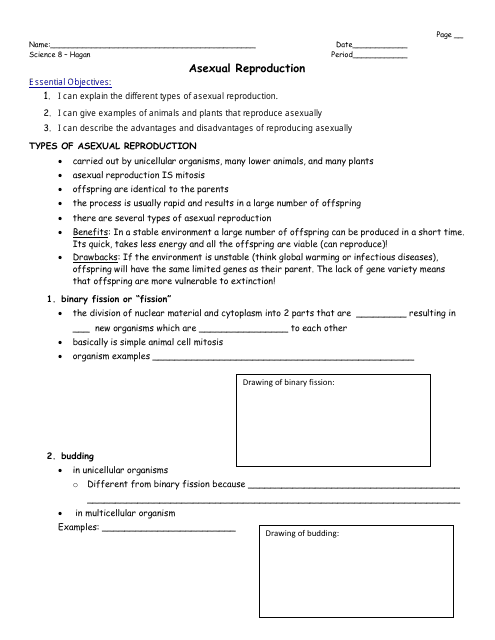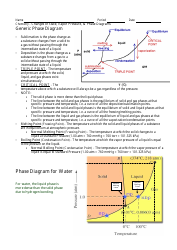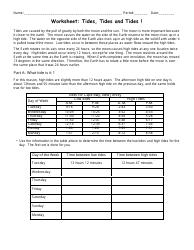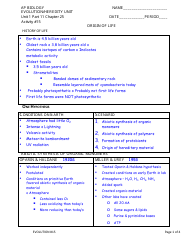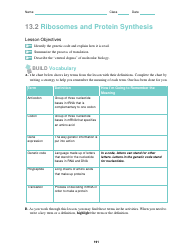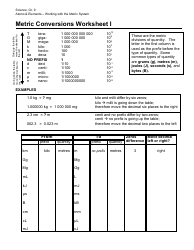Asexual Reproduction Worksheet - 8th Grade, Mrs. Hagan, Washingtonville Middle School
The Asexual Reproduction Worksheet is a learning resource for 8th-grade students at Washingtonville Middle School. It is used by Mrs. Hagan to teach and assess students' understanding of asexual reproduction.
The student in 8th grade at Washingtonville Middle School would typically file the Asexual Reproduction Worksheet.
FAQ
Q: What is asexual reproduction?
A: Asexual reproduction is a type of reproduction that does not involve the fusion of gametes (sex cells).
Q: How does asexual reproduction occur?
A: Asexual reproduction can occur through various methods, such as binary fission, budding, and fragmentation.
Q: What is binary fission?
A: Binary fission is a method of asexual reproduction in which an organism divides into two equal parts, each becoming a new individual.
Q: What is budding?
A: Budding is a method of asexual reproduction in which a new individual forms as an outgrowth or bud from the parent organism.
Q: What is fragmentation?
A: Fragmentation is a method of asexual reproduction in which an organism breaks into several pieces, each of which can grow into a new individual.
Q: What are the advantages of asexual reproduction?
A: Advantages of asexual reproduction include rapid population growth, efficient use of resources, and the ability to reproduce in isolation.
Q: What are the disadvantages of asexual reproduction?
A: Disadvantages of asexual reproduction include lack of genetic diversity, vulnerability to environmental changes, and limited adaptability to new conditions.
